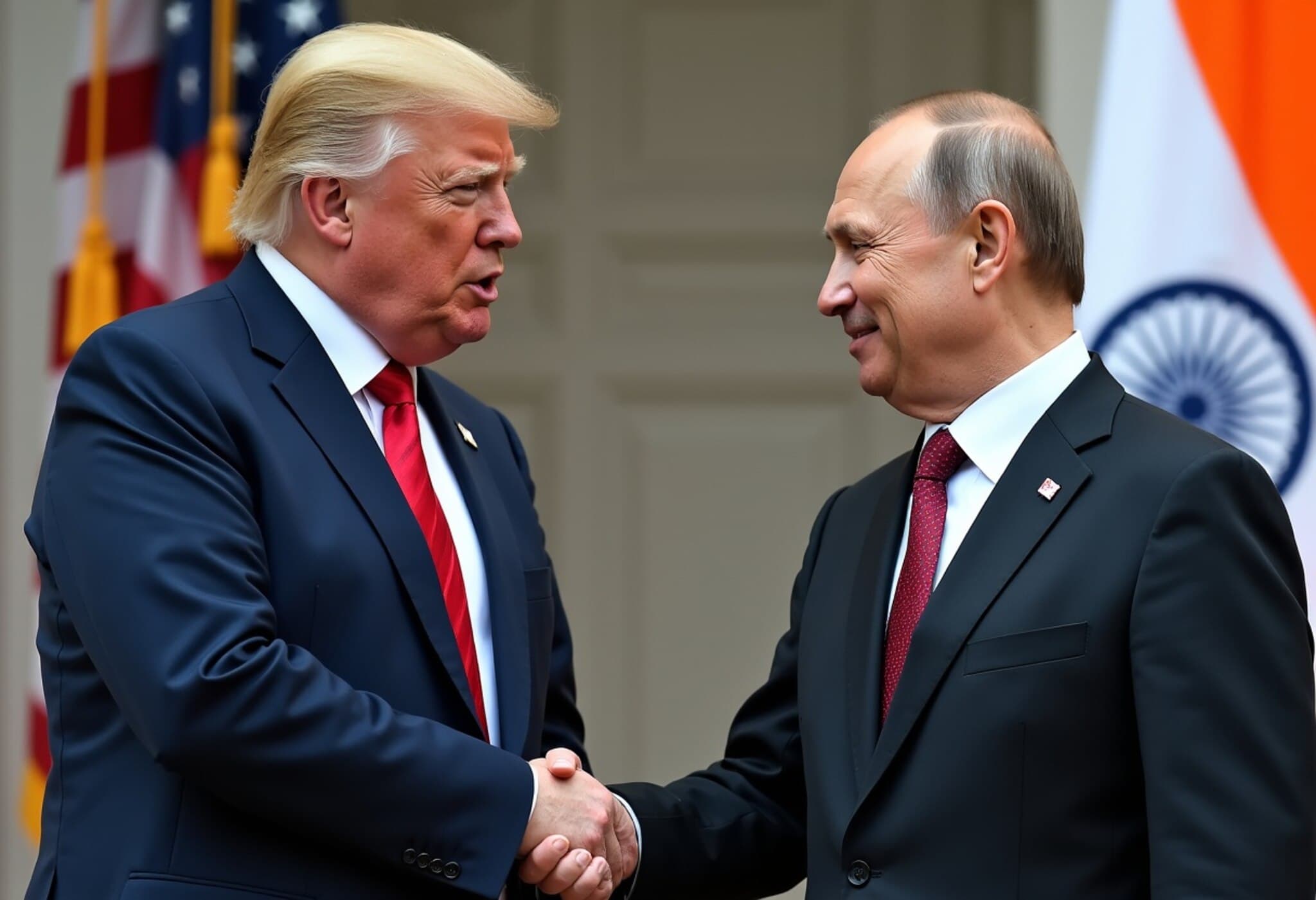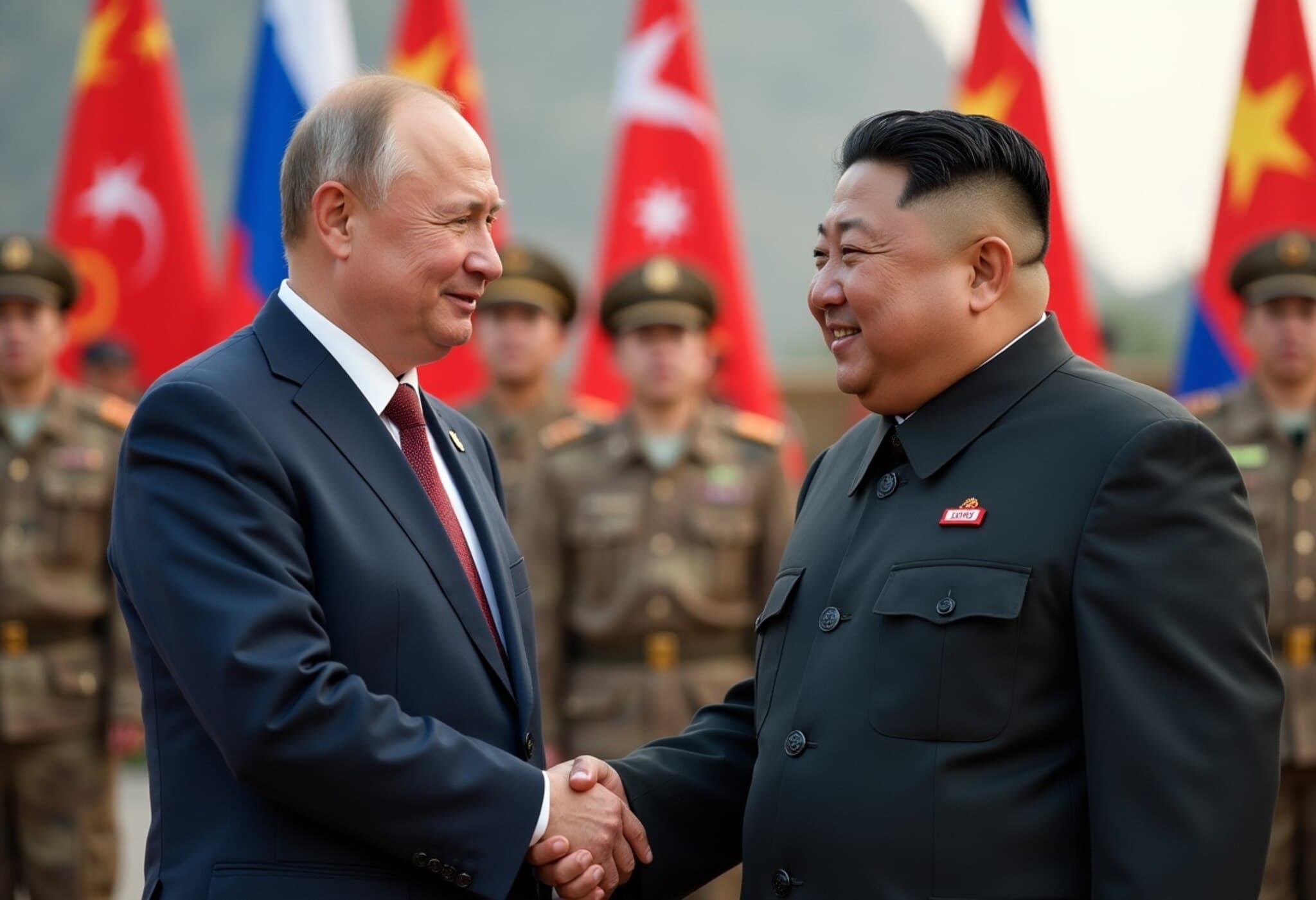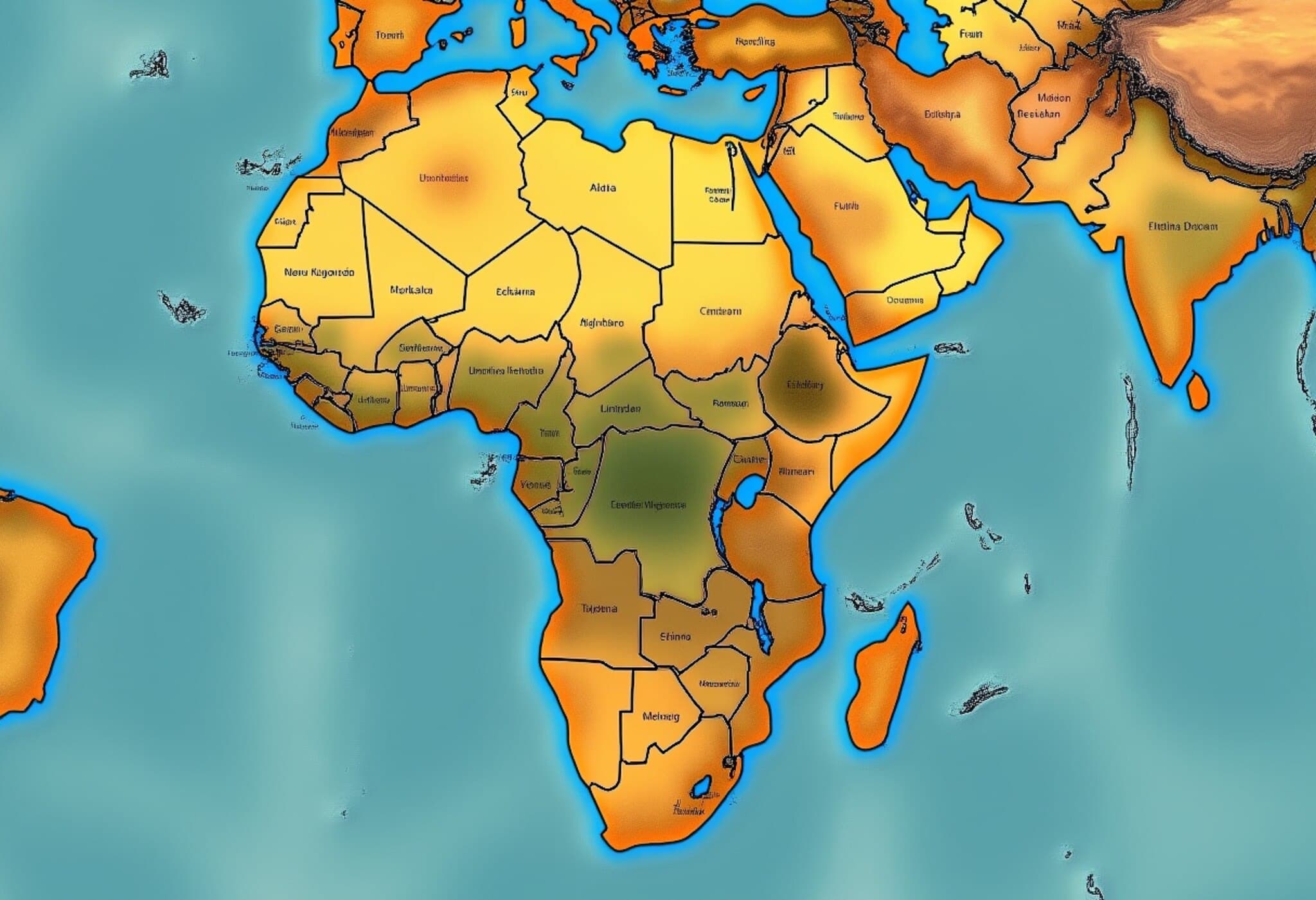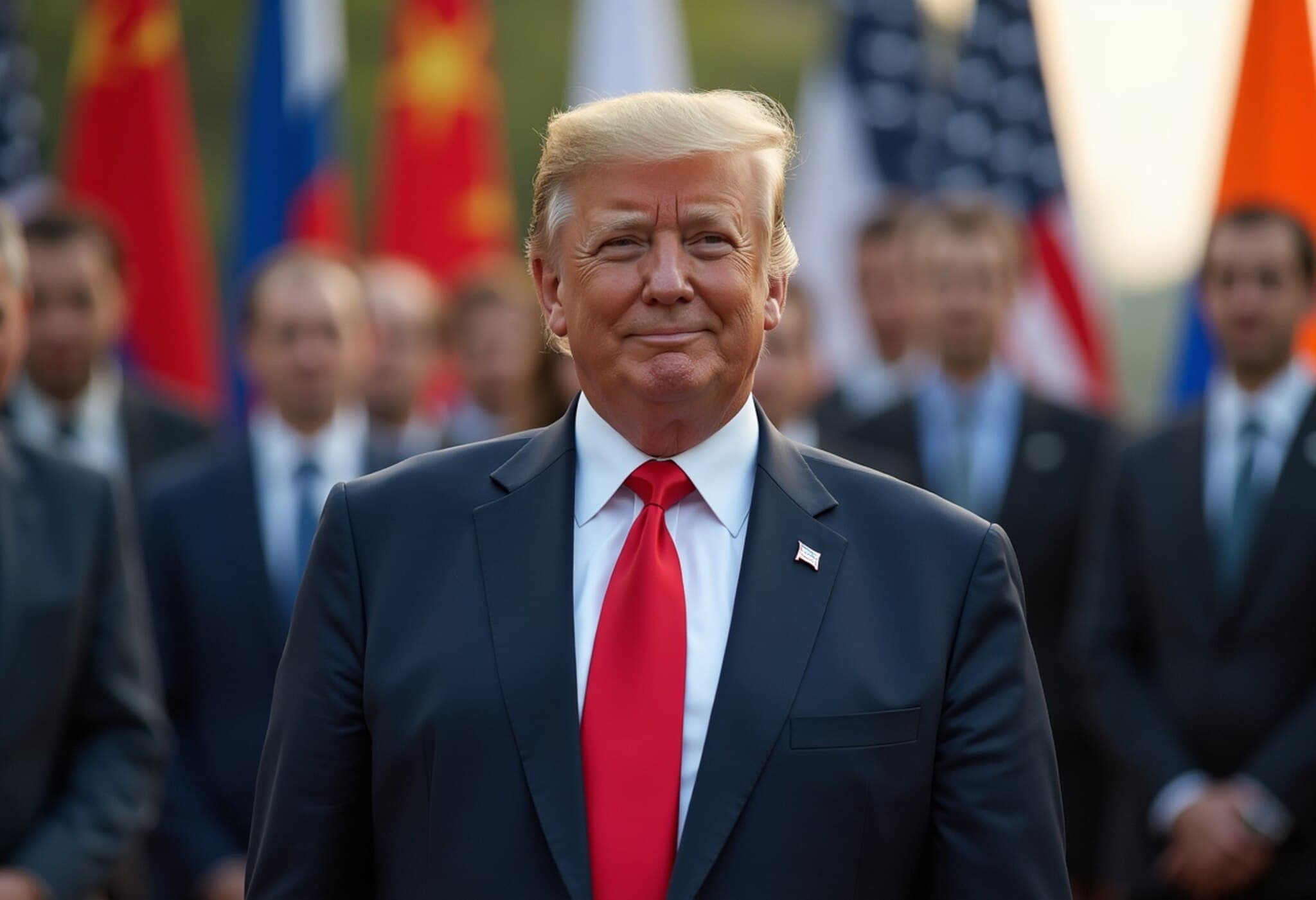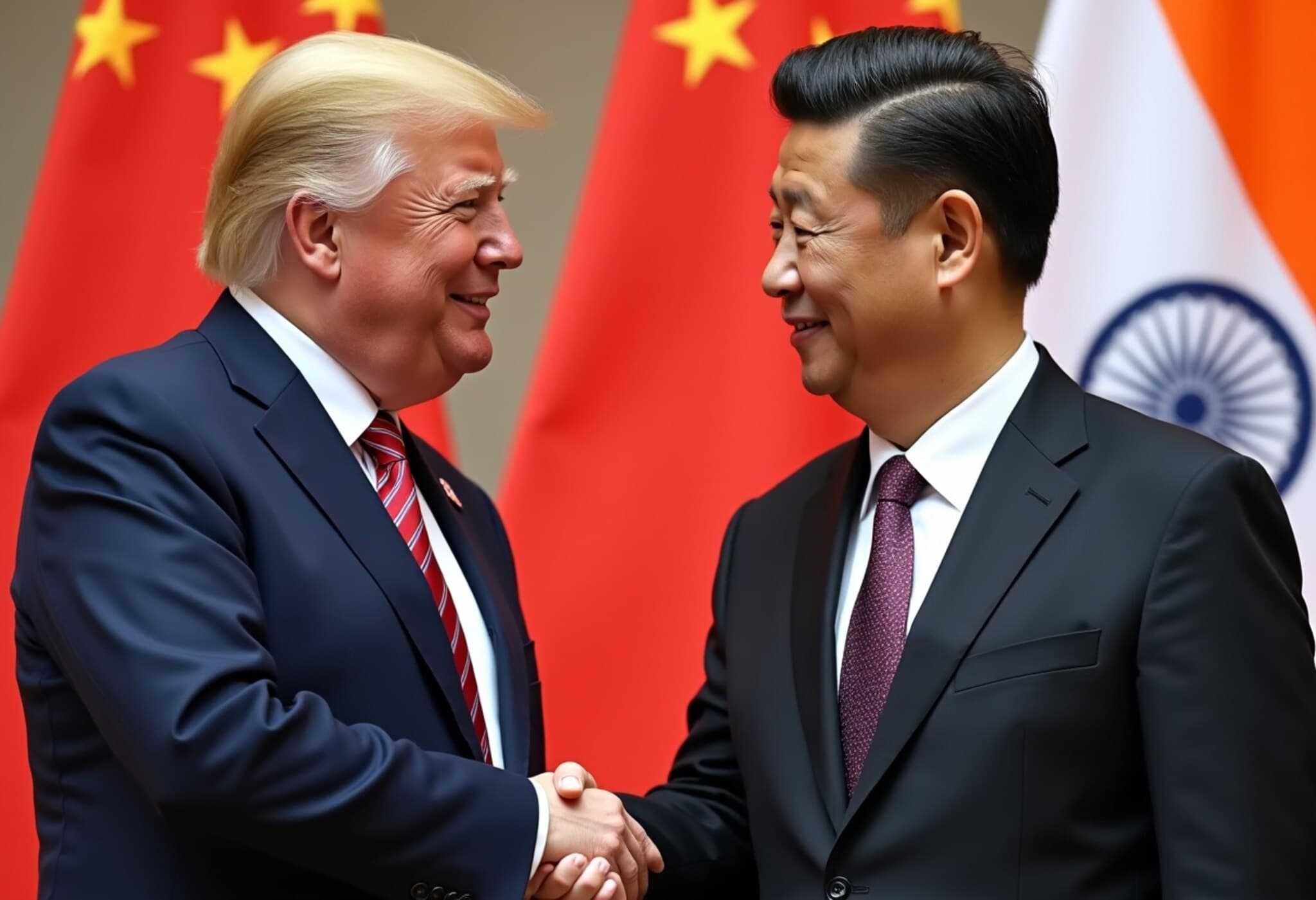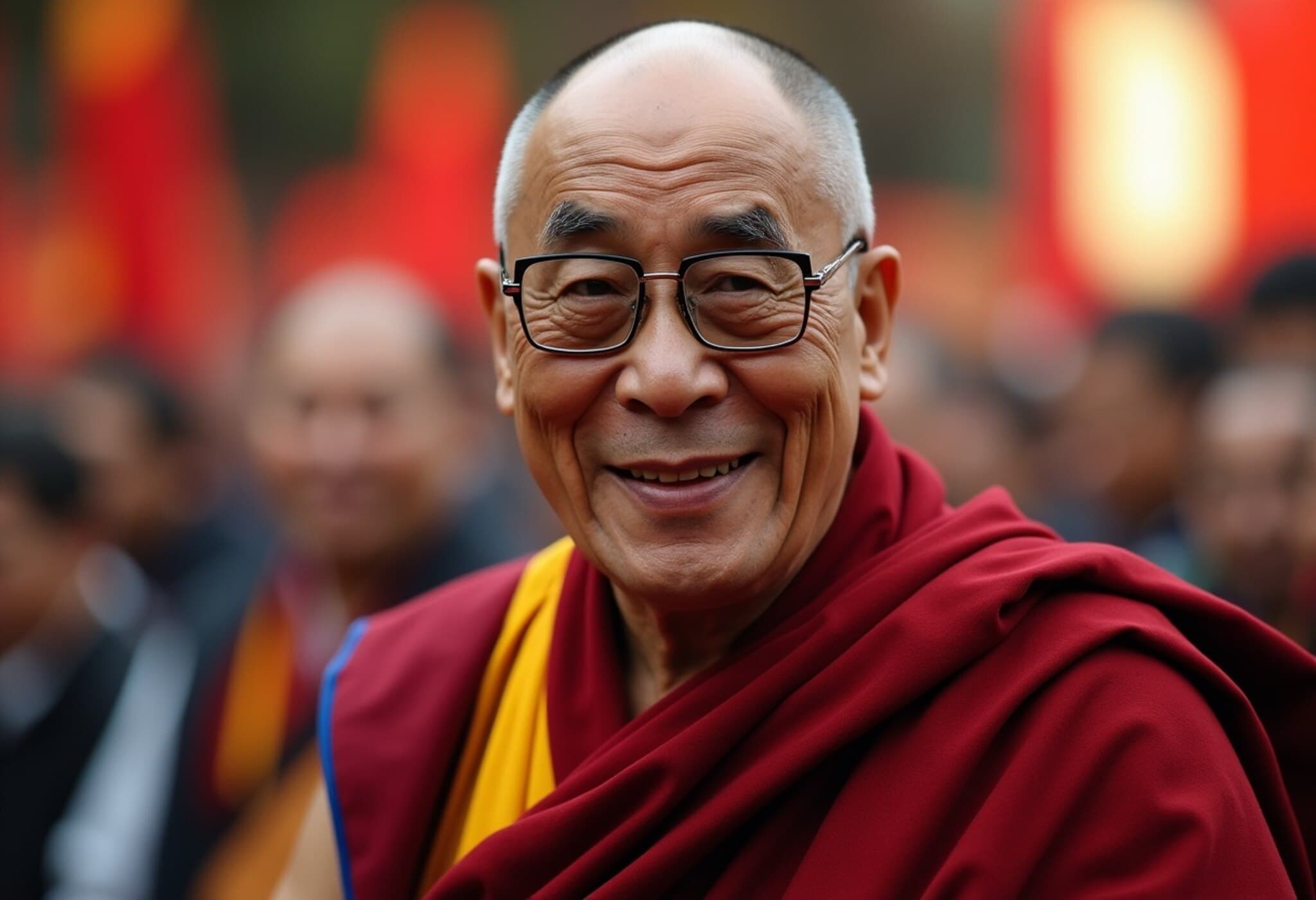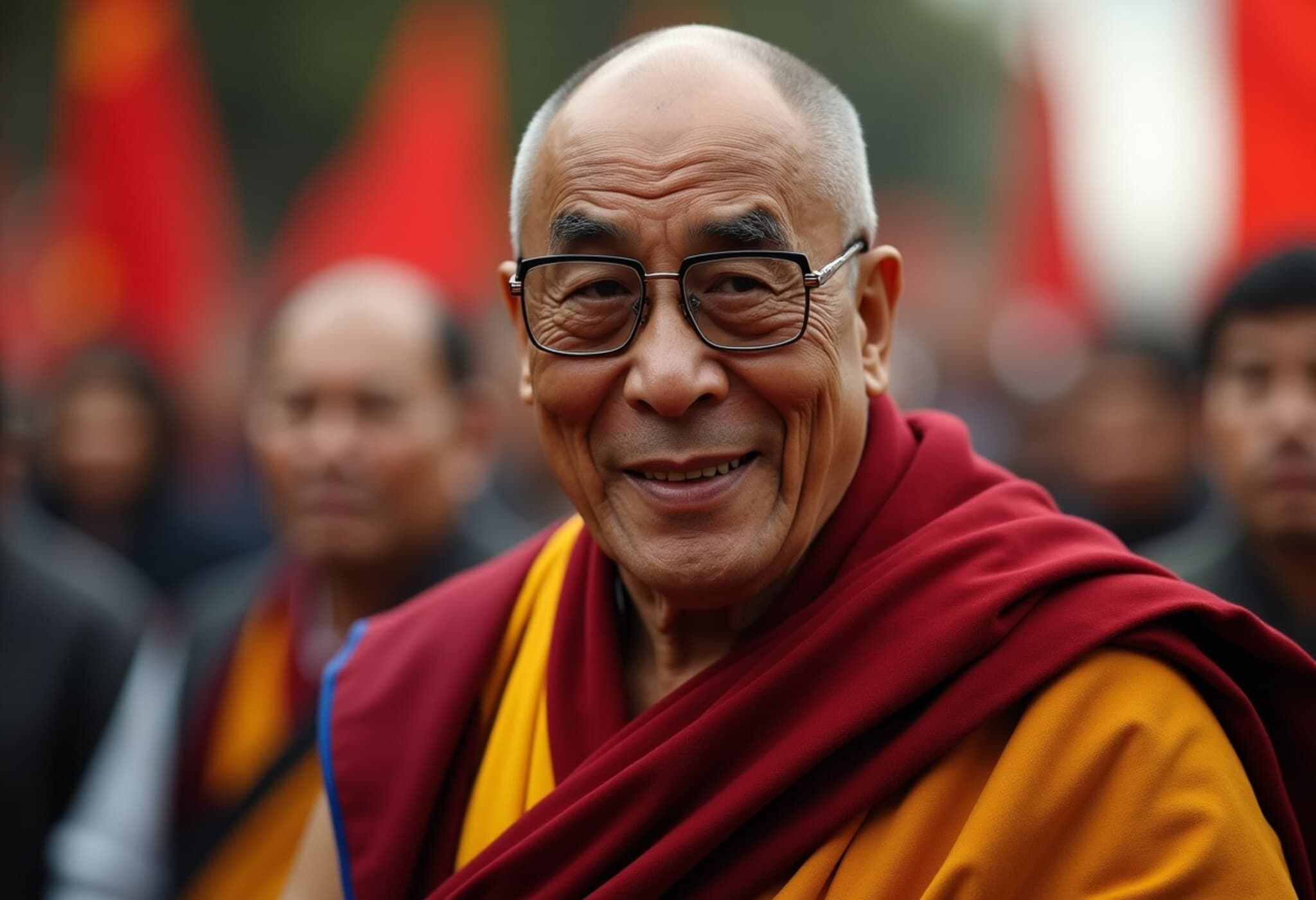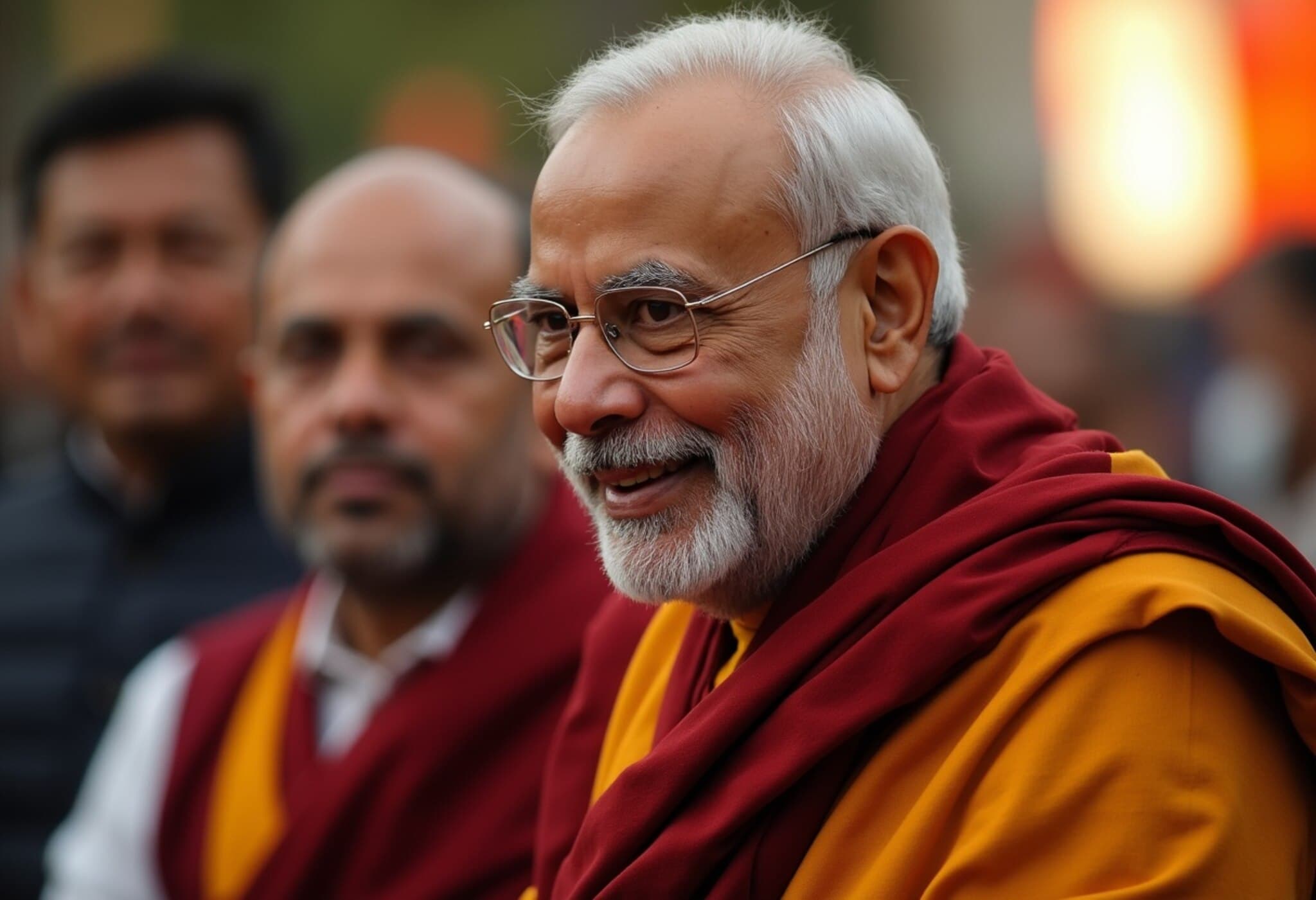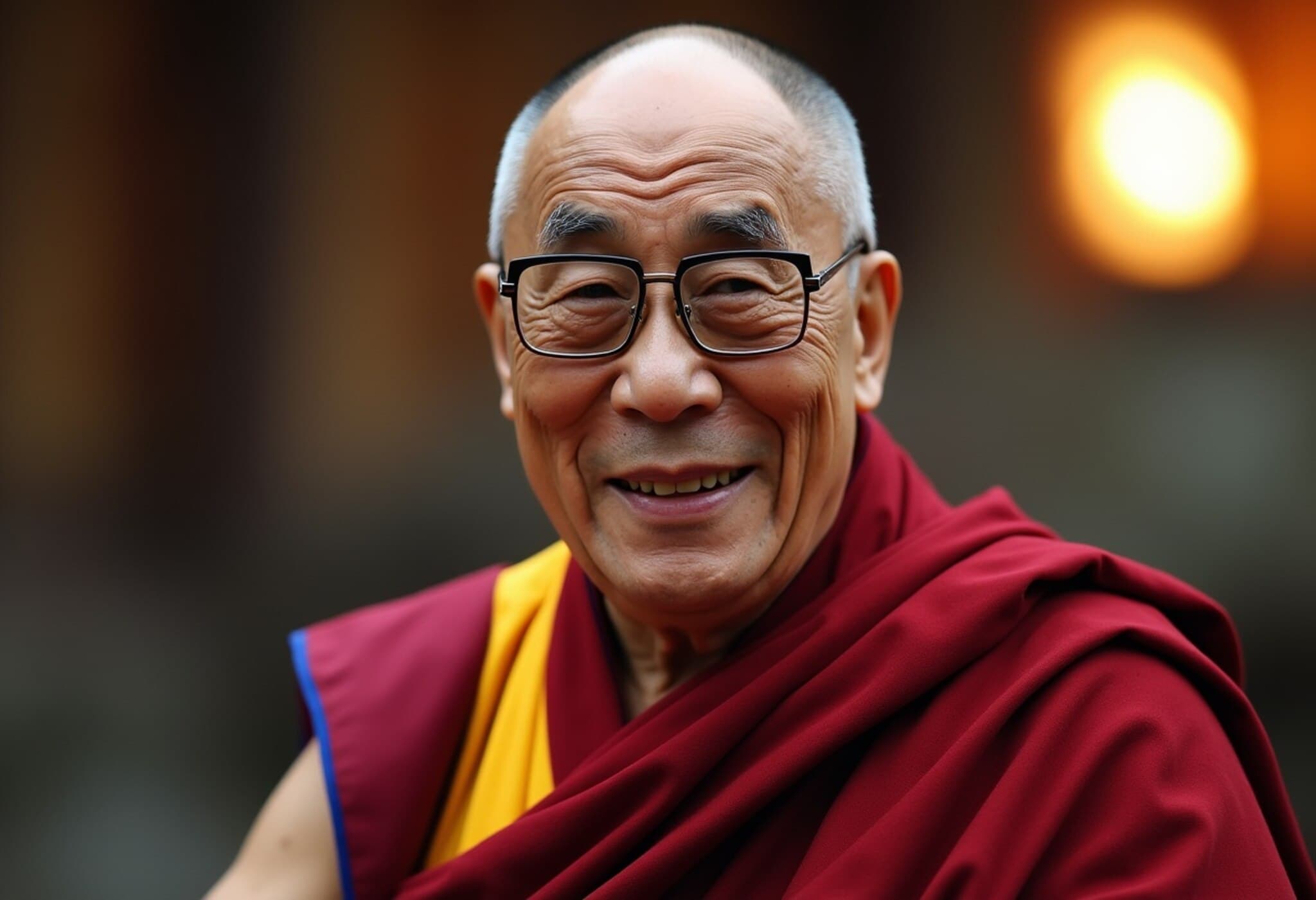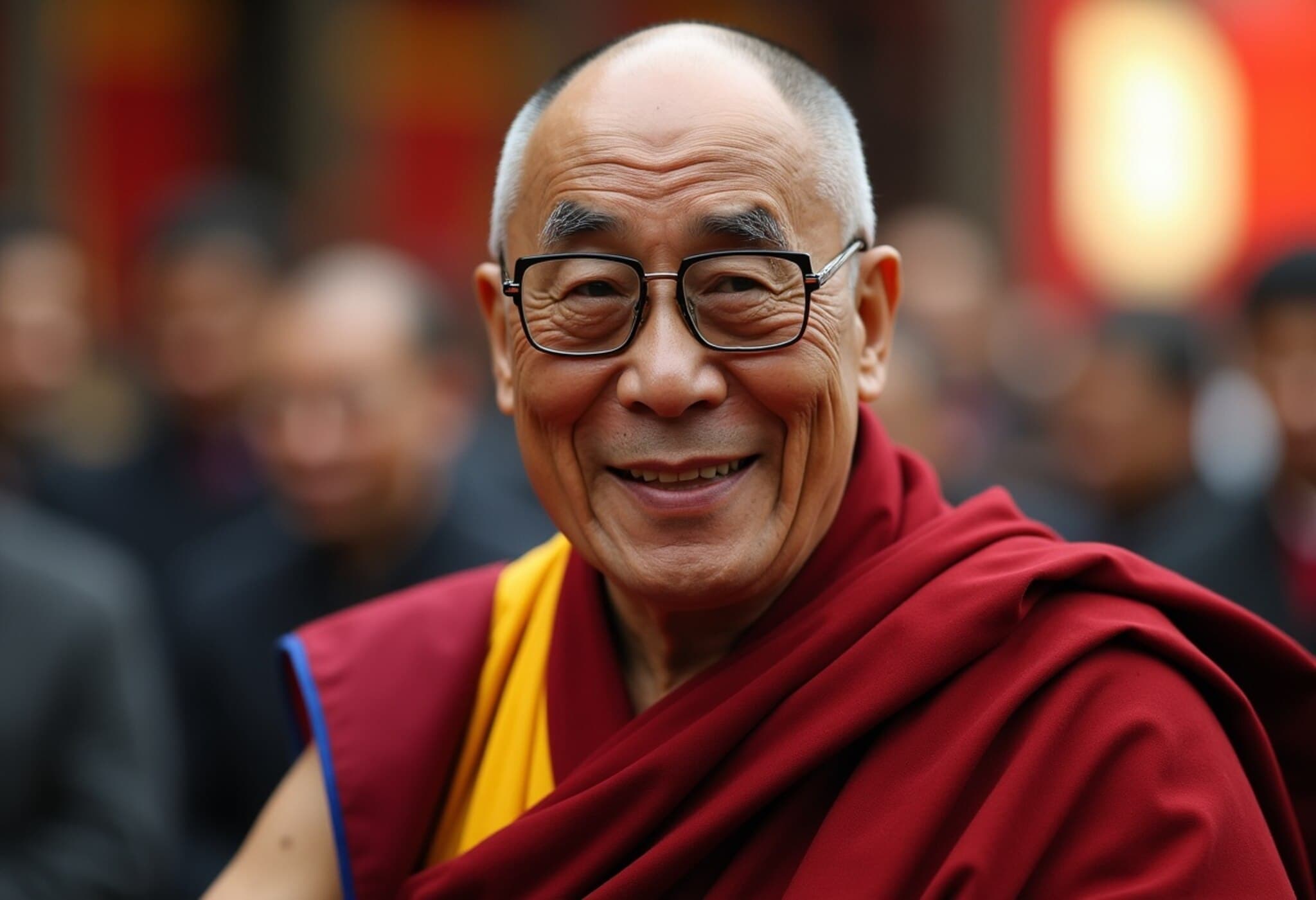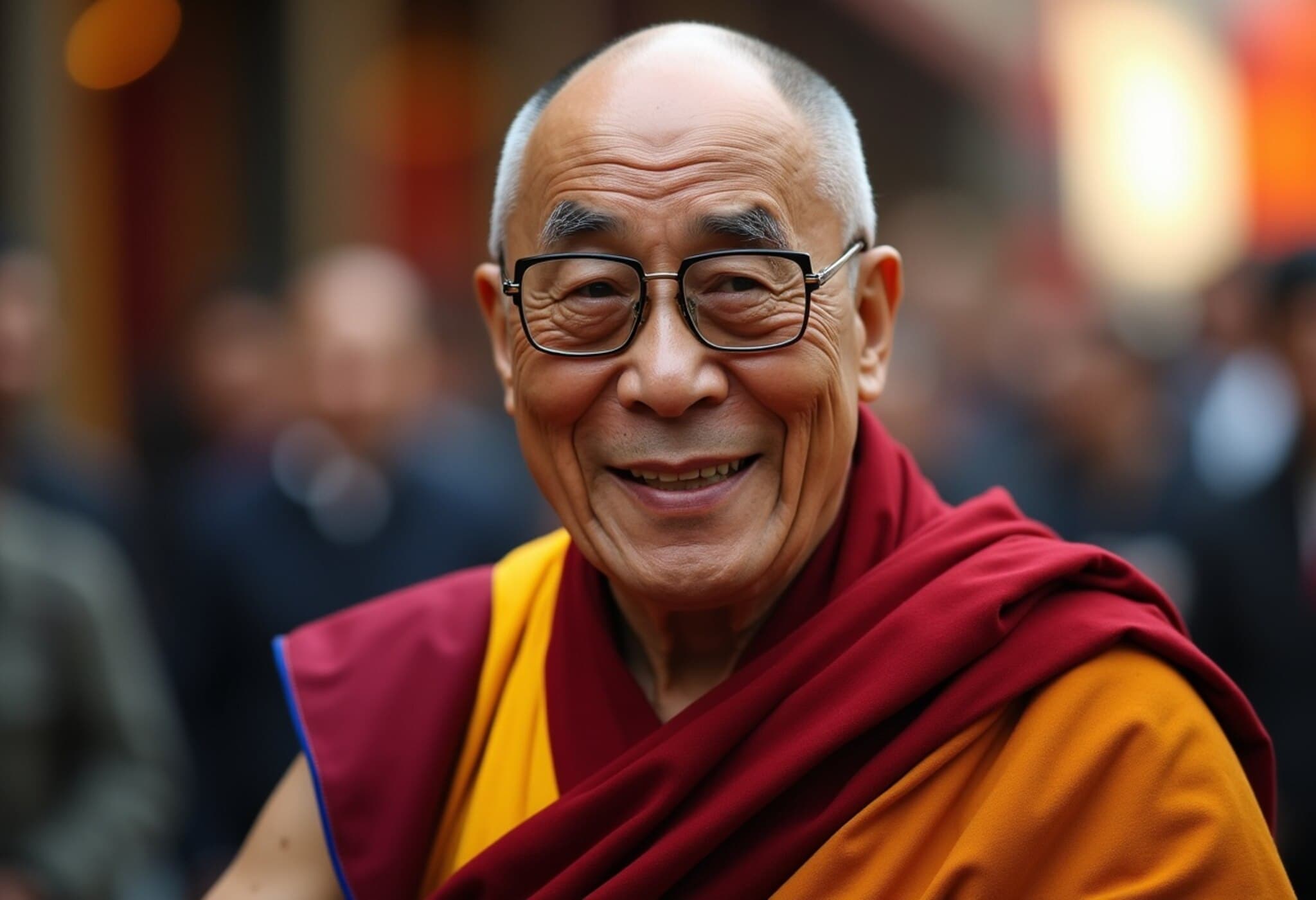The Dalai Lama’s Middle Way Approach and China’s Firm Rejection
Despite the Dalai Lama's long-standing call for a peaceful 'Middle Way' approach to Tibet — advocating meaningful autonomy rather than full independence — the Chinese Communist Party (CCP) continues to brand him a separatist. This persistent rejection underscores Beijing’s deep unease with any Tibetan leader wielding influence or autonomy, especially someone as revered as the Dalai Lama, who commands loyalty akin to that of a spiritual god among Tibetans.
The 'Middle Way' envisions Tibet retaining control over its religious, cultural, educational, linguistic, health, and environmental affairs, while remaining under China's sovereignty regarding foreign relations and defense. However, China dismisses this as an attempt to fragment the nation, warning of a 'state within a state.' In reality, any genuine residence for Tibetan self-governance clashes directly with the ethno-nationalist and totalitarian ethos of the CCP.
Historical Roots: Tibet as a Pawn in China’s Territorial Ambitions
Professor Tej Pratap Singh, a notable expert on China from Banaras Hindu University, highlights that Tibet's subjugation has been central to CCP policy since Mao Zedong’s rise. Remarkably, China launched a military invasion of Tibet in 1950 even while diplomatic talks with Tibetan representatives unfolded in Delhi—revealing that negotiation was mere façade.
According to Prof. Singh, the People’s Republic of China is explicitly a Han ethno-nationalist state intolerant of autonomous non-Han regions like Tibet. China's control over Tibet serves dual purposes: erasing distinct Tibetan identity and using Tibet as leverage in territorial disputes with India, especially over Ladakh and Arunachal Pradesh, which China claims as part of Tibet and thus China itself.
China’s Han-Centric Ethno-Nationalism
Although China professes to be a multiethnic and atheist nation, its deeply entrenched Han nationalism is unmistakable. Ethnicity defines national identity in China, where 91% of the population is Han Chinese and all paramount leaders from Mao to Xi Jinping have been Han. This homogeneity masks the reality that other ethnic minorities must assimilate into the Han way of life, a policy often enforced through coercive means.
- Religious practices, whether Tibetan Buddhism or Islam in Xinjiang, must conform to "Chinese characteristics," a euphemism for Han cultural dominance.
- Muslim Uyghurs face destruction of mosques and reeducation camps aimed at erasing their identity.
- Tibetan Buddhists have been stripped of the right to recognize their spiritual leader; Beijing insists that it alone will choose the next Dalai Lama.
This drive to Sinicize minorities has been described by scholars as a form of "internal colonialism," wherein regions like Tibet and Xinjiang become Han colonies, their distinct identities systematically erased.
The Incompatibility of Tibet’s Identity with Communist China
For the CCP, tolerating the Dalai Lama is unthinkable. As Prof. Singh explains, the Dalai Lama symbolizes an autonomous Tibetan spirit that challenges China’s narrative of sovereignty and control. Historically, Tibet was much larger before Beijing’s territorial reshuffling divided its eastern provinces and shrank what is now the Tibet Autonomous Region (TAR) to less than half of its former expanse.
Allowing a Tibet led by the Dalai Lama or any autonomous Tibetan cultural epicenter threatens to give prominence to non-Han identity, posing a direct challenge to the CCP's ethnic nationalism. Thus, China continues policies of systematic cultural erasure, including:
- Destruction of Tibetan monasteries
- Mandating Mandarin over the Tibetan language
- Fragmenting the historic province to dilute Tibetan claims
China’s insistence on controlling the selection of the Dalai Lama seeks to install a leader compliant with Beijing’s politics—essentially turning the spiritual leader into a political pawn.
Geopolitical and Strategic Implications
The Tibet issue is far more than a cultural or religious dispute; it is also a cornerstone of China’s broader expansionist agenda in Asia. Control over Tibet provides China with a strategic frontline against India, enabling claims to border regions like Ladakh and Arunachal Pradesh.
Professor Singh notes that Tibet’s capture enabled China to establish territorial leverage that extends beyond land to the maritime ambitions in the Indo-Pacific, highlighting how Tibet’s subjugation underpins China’s wider regional influence strategy.
Why Coexistence Remains a Distant Dream
In essence, coexistence between the CCP-led China and an autonomous Tibet under the Dalai Lama is fundamentally at odds with the identity and governance model of the People’s Republic. The CCP’s ethno-nationalism and totalitarian governance leave no room for Tibetan autonomy or a leader outside its control.
As long as Beijing persists with this rigid framework, hopes for meaningful reconciliation or compromise remain slim, leaving Tibet and its spiritual leadership in a precarious and contested space on the geopolitical map.
Editor’s Note
The Tibet-China standoff is not just a regional conflict but a poignant example of how ethno-nationalism and totalitarianism can suppress distinct identities and freedoms. While the Dalai Lama’s 'Middle Way' offers a path of peaceful negotiation, China’s uncompromising stance raises profound questions about the future of minority rights within authoritarian ethno-nationalist states. This enduring tension also feeds into the larger geopolitical contest in Asia, making the fate of Tibet a matter of international concern that echoes far beyond the Himalayas.


